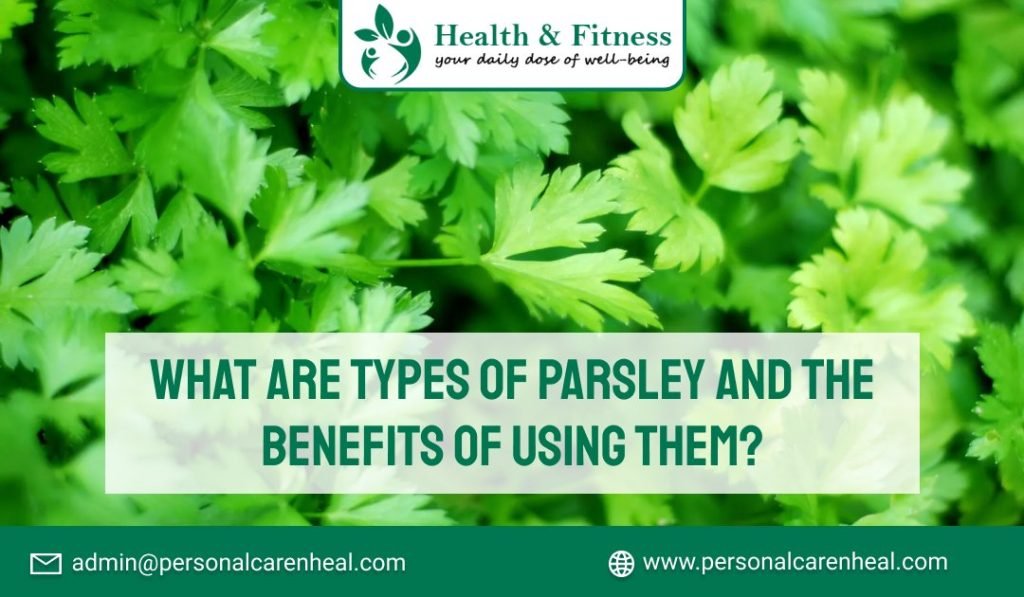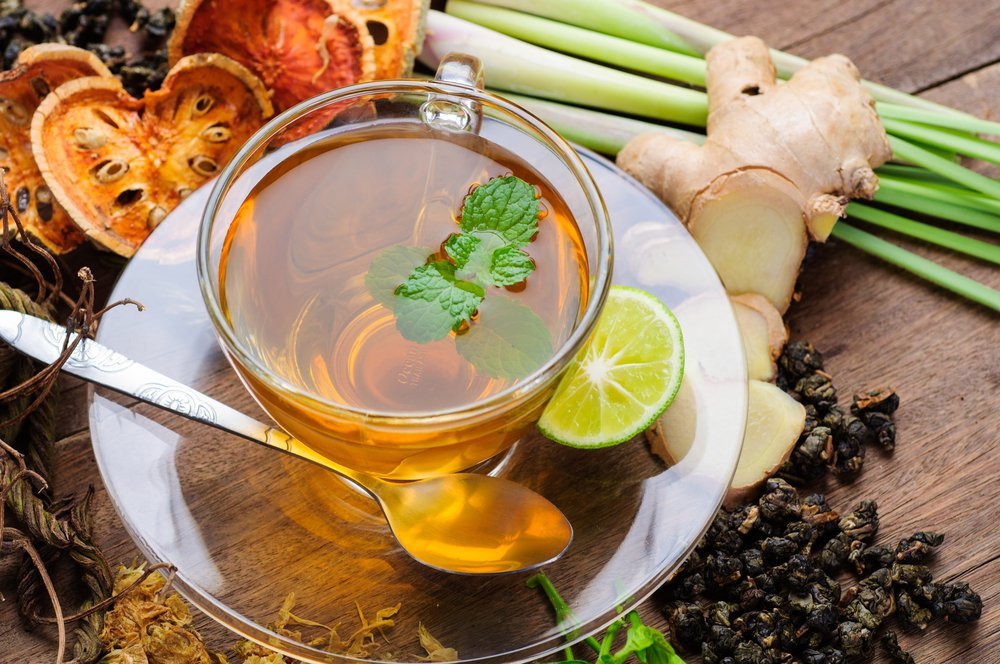When making different recipes, we use different types of herbs to make a dish delicious. In today’s blog, we’ll discuss a special herb that can be used in almost every dish and the name of the herb is parsley. Previously, in European and Middle Eastern cuisines, parsley was used, but now, it is used around the world. Parsley is a versatile herb used in sauces, dishes and salads to give them the herbal flavour. From this blog, you’ll come to know about different parsley types, dried parsley substitutes and much more about parsley.
What is Parsley?
If we make a list of the world’s most popular herbs, then parsley definitely would be on the list. Parsley has a delicious and vibrant taste, in addition to this, it also comes with numerous healing properties. Parsley is also called Petroselinum crispum, and it belongs to the Apiaceae family. This herb is used in different types of cuisines. It has been said that parsley originated in the Mediterranean region, but still, the exact origin area is missing.
What does Parsley Taste like?
It has a peppery and mildly bitter taste, and it is best for savory dishes. The best thing about parsley is that it has an oil content that adds a natural aroma and flavour to parsley. However, the exceptional quality of parsley is that it can be used with other herbs and spices.
Different Types of Parsley
Parsley is used frequently because of its mild flavour. You may be surprised to know that parsley has various types that are written below:
Flat-Leaf Parsley
Flat-leaf parsley is best for garnishing and seasoning in cooking. If you love cooking, then you might love the flavour and texture of parsley. This type of parsley doesn’t grow in hot conditions. They grow near windows with light. These leaves need frequent watering once a week.
Curly-Leaf Parsley
The taste of curly-leaf parsley changes depending on the plant, age and growth environment. When it comes to appearance, they are more ruffled than flat-leaf parsley. They grow with proper maintenance, and when you grow them in a container, and then you need to water them at least every day during hot and dry conditions.
Japanese Parsley
Japanese parsley herb is used in Japanese and Chinese cuisine. Heat can make it taste bitter, so it is added raw to stir-fries, salads and soups. The plant grows in mild climates, but in winter, it dies.
Hamburg Parsley
Hamburg parsley is also known as root parsley. It has tuberous roots and is a type of garden parsley. This biennial plant is related to various other popular vegetables and herbs, including fennel, dill, carrot and parsnip. Its leaves can be eaten fresh and when eating raw roots, they taste like carrots.
Health Benefits of Parsley
The following are some health benefits of consuming parsley:
Good for Immune System
In parsley, antioxidants, minerals, and vitamins are found and beneficial for improving the immune system. Vitamins such as vitamin C, vitamin K, vitamin A, niacin and folate each work well on different aspects of the immune system.
Promote Bone Health
Parsley contains high levels of vitamin K, which is important for improving bone health. This mineral along with magnesium, calcium, phosphorus and vitamin D promotes bone health.
Good for Healthy Heart
If you consume parsley juice, it can enhance the health of your heart. Parsley juice contains folic acid, which is good for the body. When a high level of homocysteine is present in the body, then it can increase the risk of stroke and heart attack in people who have diabetic heart disease. However, parsley turns homocysteine into benign molecules.
Treats Night Blindness
The cause of night blindness is a deficiency of vitamin A, but parsley is rich in vitamin A and can help treat night blindness. Parsley juice contains two antioxidants named beta-carotene and pro-vitamin A carotenoid that protects the cornea and retina from damage.
Helps in Anaemia Treatment
Parsley is rich in iron and vitamin C which enhances better iron absorption, as a result, it helps treat anaemia.
How to Mince Parsley?
Gather the leaves of parsley and run the knife on the leaves. Make sure that each stroke should be close enough to mince or slice it properly. The purpose of keeping your stroke close is to help you get the desired size of parsley leaves.
Dried Parsley Substitute
The herbs that can be used in place of parsley are written below:
- Chervil
- Oregano
- Tarragon
- Chives
- Endive
- Arugula
- Cilantro
- Celery leaves
- Basil
- Carrot greens
All of the above are substitutes for dried parsley, so you can use them in your recipes.
Conclusion
Many people like to use parsley to garnish their food items or add some parsley flavour. When you consume it orally, it is safe, but when you consume it in excess, then it can lead to some health problems. Apart from this, parsley has several benefits that are written above. Apart from this, subscribe to Personal Care N Heal to get the latest updates on health and fitness.
OTHER USEFUL LINKS:



